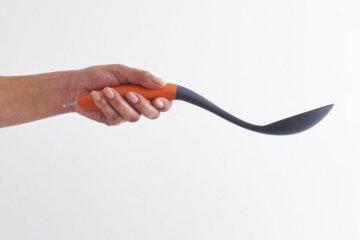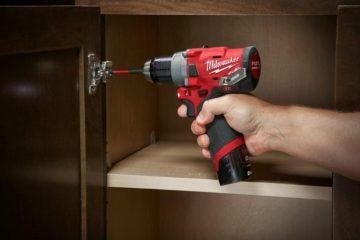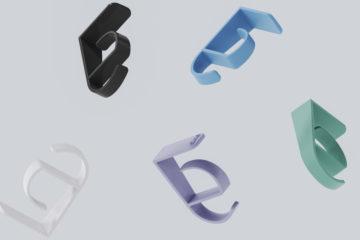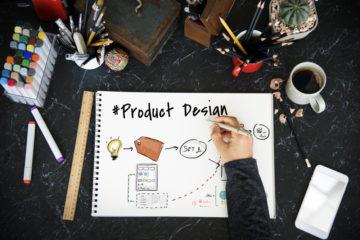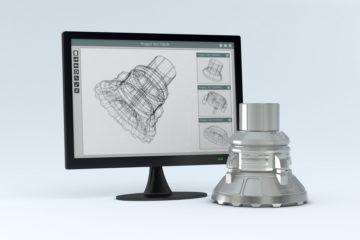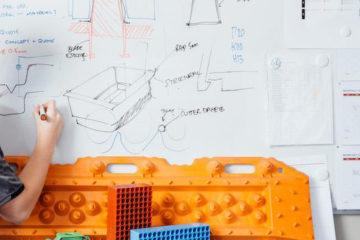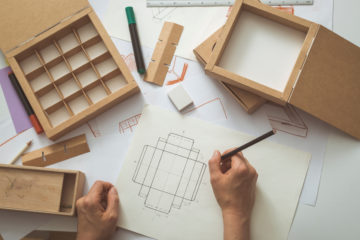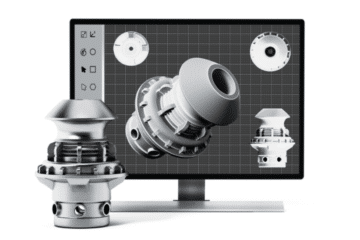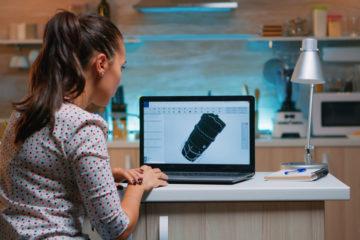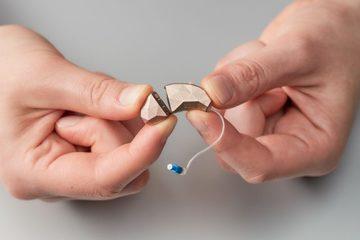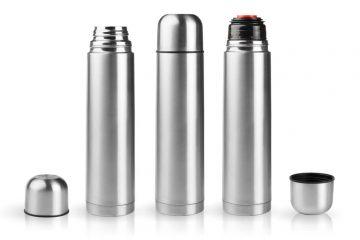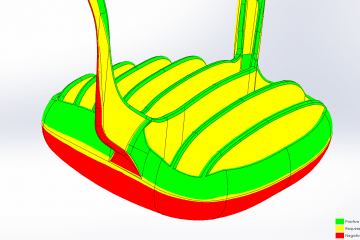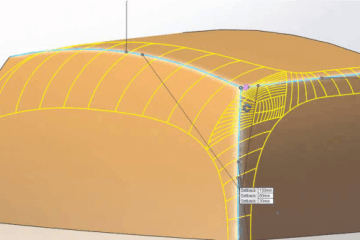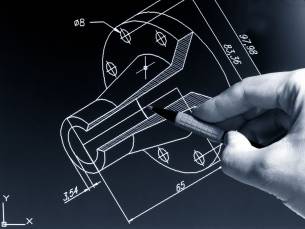It’s easy to forget that what might now seem “ordinary” or a regular household item, started as an idea, then a design, a prototype, and then began to circulate in the market.
Many of the products that we now take for granted, like the safety pin or the cotton bud, were once innovations in design and engineering.
Which of these ordinary products do you use on a weekly basis?
1. Chinese food container
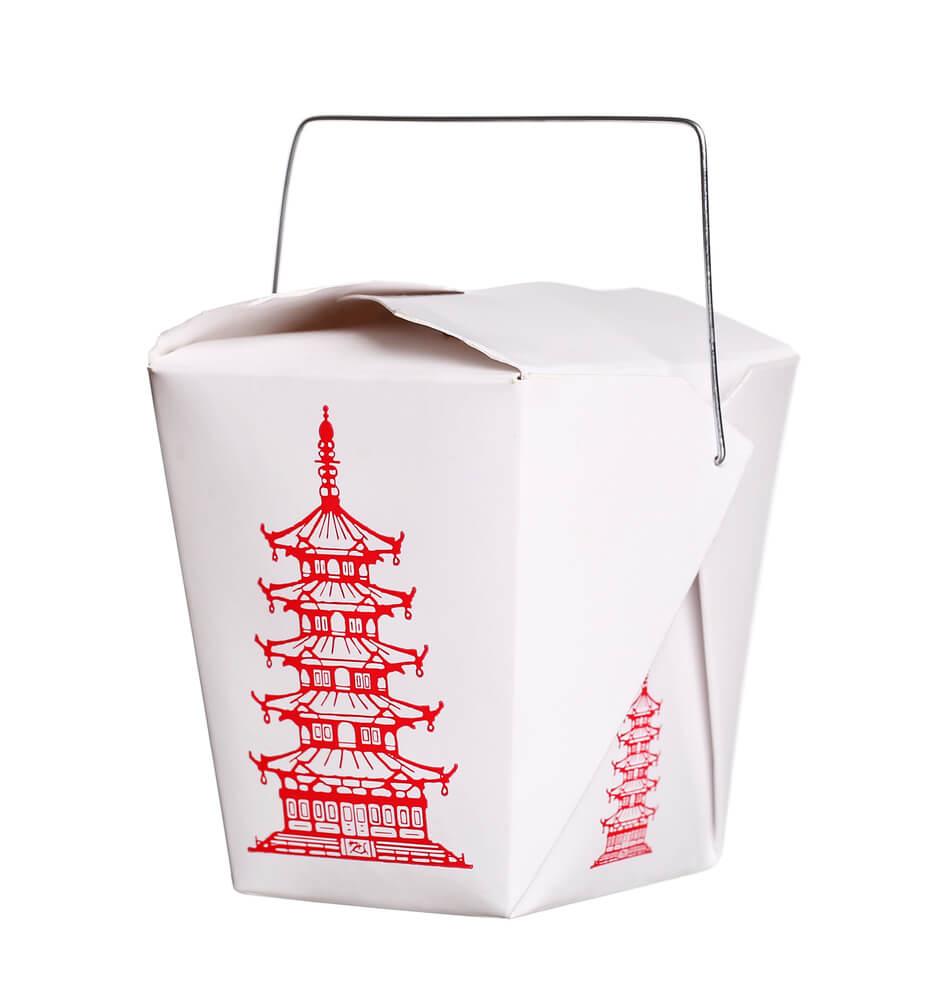
The container design now synonymous with Chinese food isn’t actually from China, nor is it used there. The recognisable take-away food container is entirely an American product.
Not only did it help with the meteoric rise in popularity of Chinese food in America in the early 20th century, but it is a great example of a simple yet faultless design.
Taking inspiration from “oyster pail” designs of the 1800s, the origami-like folded container starts with a single piece of paper, creased into segments and folded into a (more or less) leak-proof box, secured with a wire handle on top.
It has been improved upon over the years, so that now it is made with solid-bleached-sulfate paperboard with a polycoating on the inside for more grease- and leak-resistance. It has also been modified for modern eaters, with microwave safe versions and nondyed, environmentally friendly ones.
2. Thermos vacuum flask

Designed by Sir James Dewar in 1892, the vacuum flask consists of two flasks, placed one within the other and joined at the neck. The gap between the two flasks is partially evacuated of air, creating a near-vacuum which significantly reduces heat transfer by conduction or convection – keeping the liquid inside hotter or colder for longer.
Dewar refused to patent his invention, so it didn’t take long for other to use the design, patent it, and call it ‘Thermos’, which many now know it as.
The Thermos is now a household item, used all over the world, and is particularly popular in transporting and storing coffee. The vacuum flask technology is also used as a significant tool for chemical experiments.
3. Safety pin
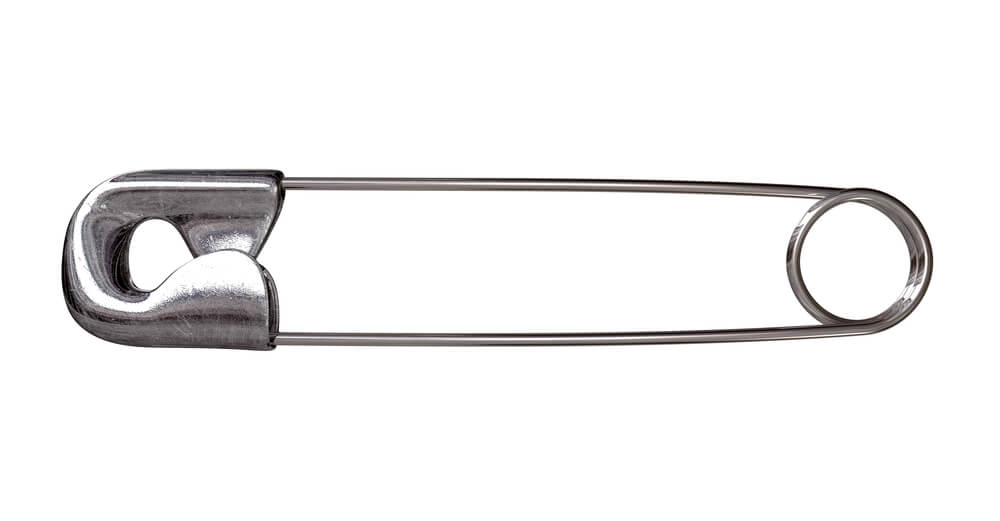
The basic idea of the safety pin has been around since the 14th century BCE, when the Mycenaeans used fibulae pins to fasten their robes. These early pins also paved the way for the rise of ornate dress and hair brooches. However the main drawback of these pins, and later variations, was that they didn’t protect users from the sharp end of the pin.
It wasn’t until Walter Hunt rethought the pin in 1849, by twisting a single piece of brass, coiling it at the centre and forming a clasp on one end, that the idea of the safety pin came about.
It was the first pin to have a clasp and spring action, with Hunt claiming that it was designed to keep fingers safe from injury, hence the name “safety pin” (although Hunt called it the “dress pin”).
Not only was the design ingenious, but it lead to way for pins to be mass-produced, turning what was once an expensive accessory into a readily available and endlessly useful household item.
4. Safety razor
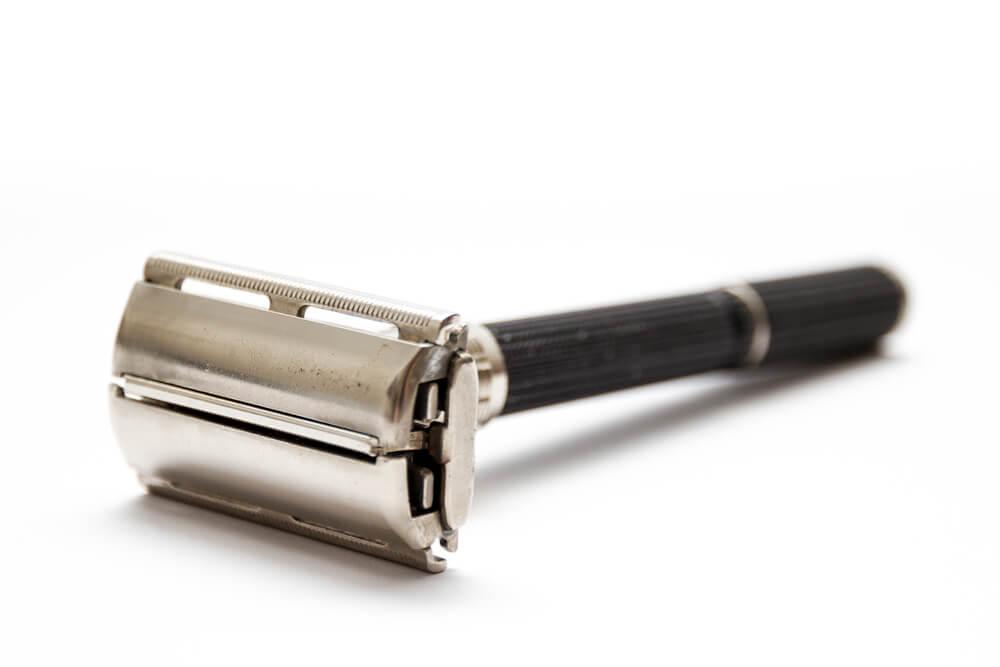
The safety razor has gone through many design improvements since it first hit the market in the mid 1800s, but its initial idea of a shaving razor that was safe and easier for personal use changed the way we groom ourselves.
In 1847, William Henson came up with the idea of a razor that was much safer than the conventional straight razor and also negated the need of a barber. In his patent of the device, he describes it as “the cutting blade of which is at right angles with the handle, and resembles somewhat the form of a common hoe”. It also included a “comb tooth guard or protector” which could be attached both to the hoe design and to a straight razor, creating protection between the edge of the blade and the skin.
in 1895 a traveling salesman named King Camp Gillette combined this shape with the idea of shaving with a disposable double-edged blade, producing what would become the best selling version of the safety razor. The name might sound familiar, as Gillette remains one of the biggest razor companies in the world.
5. Q-tip
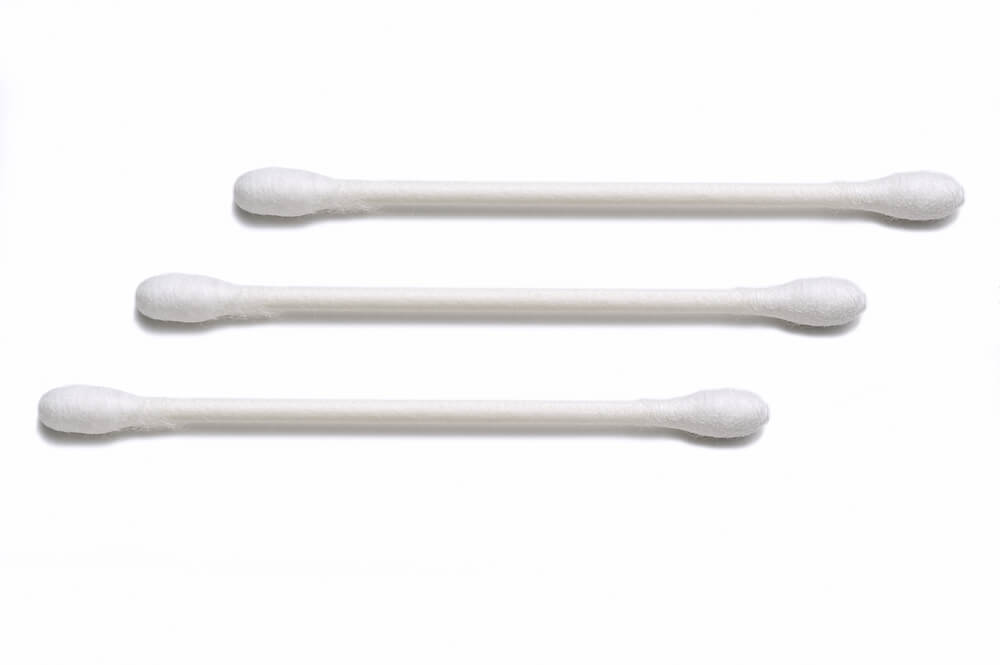
The Q-tip (known as cotton buds or swabs to Australians) has become so common that there isn’t a bathroom cupboard complete without them.
While we take these small plastic tubes with balls of cotton on each end for granted; they are actually a result of careful engineering.
What started as an idea by Polish-American Leo Gerstenzang after he saw his wife cleaning out their babies ears with a toothpick stuck into a piece of cotton, turned into a product used all over the world. The design has progressed from wooden sticks to paper sticks, to plastic, but one thing that stays the same is the diameter of cotton at the end of each swab. Q-tip manufacturer’s Unilever claim that it’s exactly the same amount of cotton on each of the 32 million swabs they produce each year.
Subscribe to Our Newsletter
Get the latest news from Dienamics into your inbox







